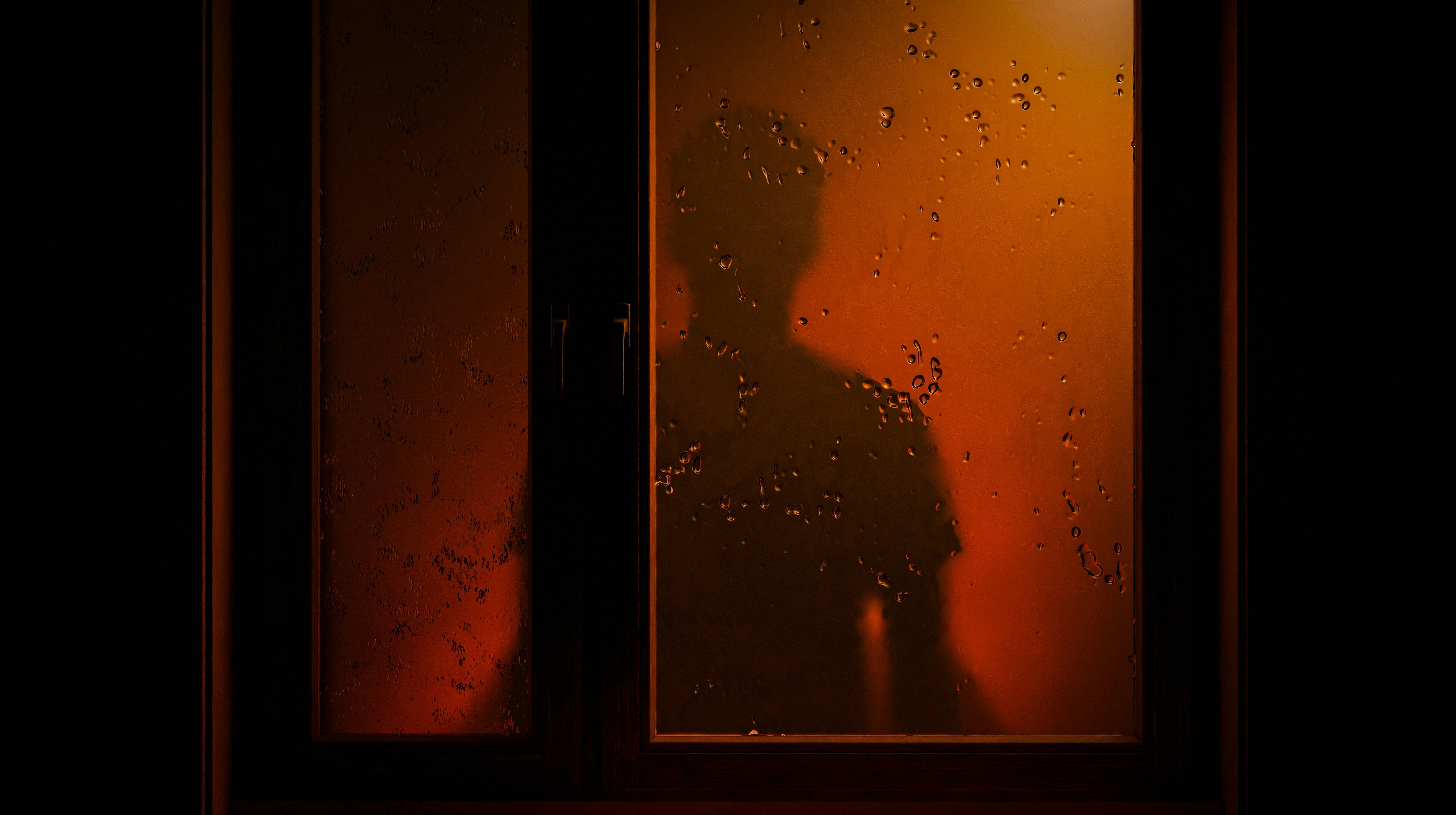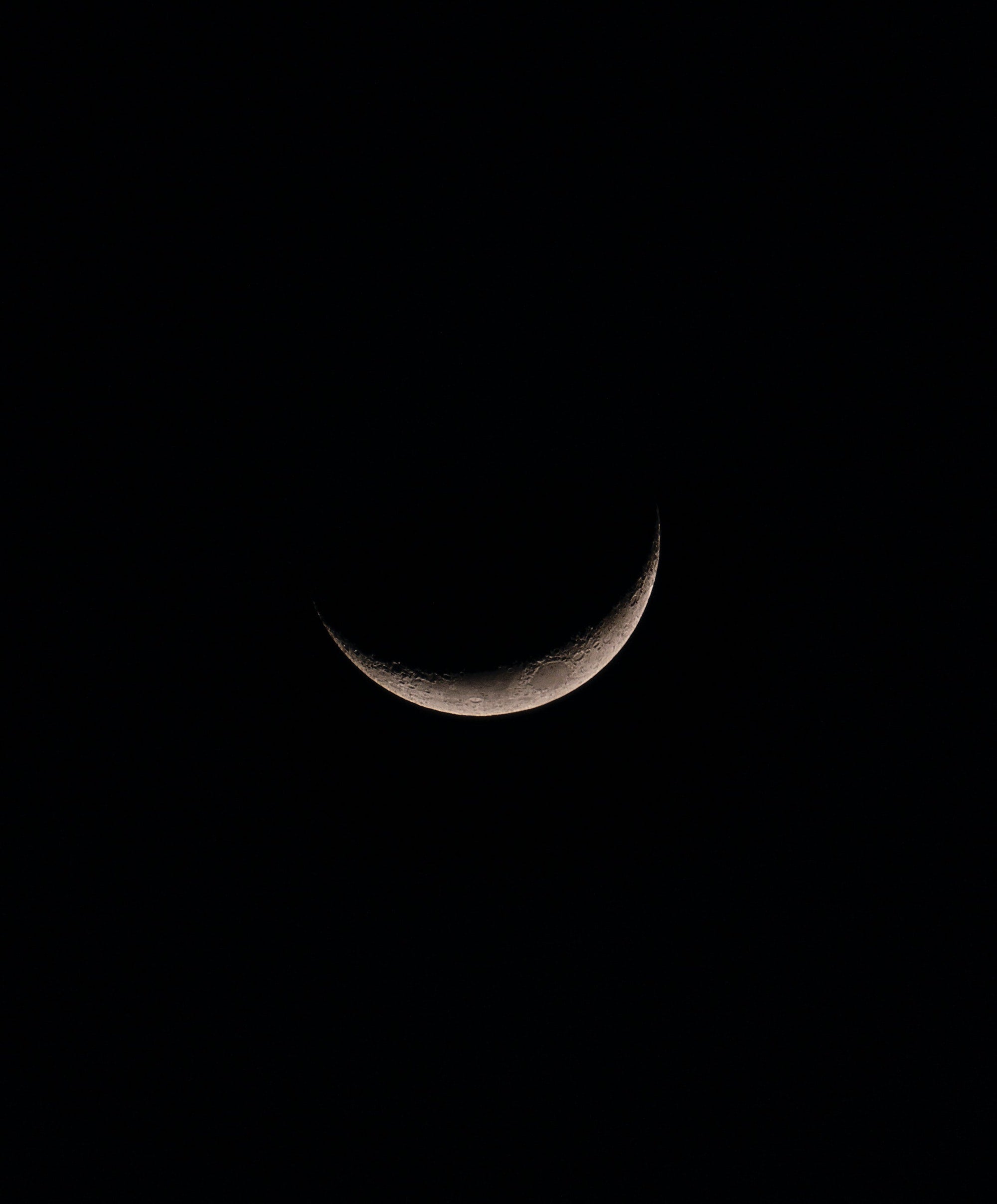How male bias skewed science

The Oversight of Female Anatomy in Science.
Something you find looking at the history of human discovery and the quest for knowledge is that a lot of decisions, attitudes and approaches have been shaped by men.
Maleness being seen as the default has meant that a lot of the science surrounding the vagina, for instance, has been done entirely through the spectrum of how it differed from the penis. Anatomists in the ancient world painstakingly described the penis, then handwavingly declared the vagina to essentially be ‘the same thing but inside-out’. (Studies of the clitoris came much later, and a great deal of writing describing it still uses the penis—of which knowledge is assumed to be universal—to frame it.)
Much as the idea of sex as something men do to women is marbled through history, science for a long time viewed female genitals as passive—organs that simply had things done to them and stuff deposited in them by penises (which were active, male and therefore of a lot more scientific interest).
Charles Darwin wrote a huge amount about the penises of barnacles — which are fairly remarkable things and can reach eight times the lengths of their bodies — but much less about their vaginas, something which seems all the more of an oversight knowing barnacles possess both male and female genitals.
Duck penises—spiraling and quite alien-looking (plus unusually for birds, who mostly have cloacae, present)—were marveled at for years before it occurred to the world of science that duck vaginas might also be pretty interesting. Lo and behold, they turned out to be even stranger and more surprising than duck penises: for instance, a duck’s vagina has dead ends it can choose to utilize in order not to be impregnated, an extraordinary piece of evolution. A 2014 study entitled ‘Genital evolution: Why are females still understudied?’ found vastly more research was done on animal penises than vaginas.
There are fascinating vagina-based discoveries—kangaroos have three of them: two for sex and one for birth—that have been made a lot more recently than one might reasonably expect. Swallowtail butterflies’ vaginas—and, honestly, who knew they even had them?—are sensitive to light, meaning they can kind of, depending on how strictly you define the term, see out of them. There are beetles whose species are determined entirely by the male’s penis shapes and whose female genitals remain unexamined. Given that we’ve walked on the Moon, looking at beetles’ vaginas doesn’t seem beyond the realms of science.
The study mentioned above found that the language used also reflected the male-as-default idea—changes in penises were described as ‘adaptations’; changes in vaginas as ‘counter-adaptations’. Consciously or not, this reinforces the idea that penises improve independently and vaginas rush to keep up, that one of these things is active and the other solely reactive. Penises evolve to propagate a species; vaginas evolve because penises do.
Even disregarding the unsavory cultural ramifications of all of this, it’s bad science. Species evolve together, and the fully detailed picture of how an animal came to be how it is has to involve looking at the species as a whole. Distorted, skewed information created by penis-first biases leads to a limited understanding of how everything actually works. Plus it makes scientists look like, er, dicks.



